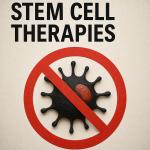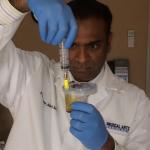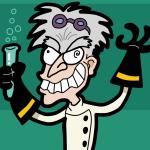While stem cell research once promised groundbreaking medical treatments, the lack of a regulatory framework has allowed a predatory wellness industry to market unproven and dangerous stem cell therapies as cure-alls. In the l
regenerative medicine
Ah, the mighty platelet. Once a neglected blood component, today it is the basis of an entirely new medical “specialty,” regenerative medicine, although market might be a better word choice.
In an announcement of no surprise, the U.S.
In a miraculous example of not making the perfect the enemy of the good, two women’s lives were saved through ongoing innovation in organ t
For decades the potential of stem cells to cure all disease was promised.
Is the Wild West of stem cell therapies coming to an end? Newly released guidelines from the U.S.








